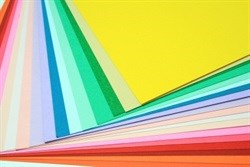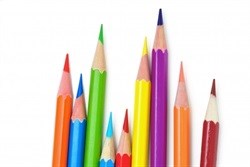Colour has a profound influence on the emotion of a consumer. It affects how a person behaves, can alter movement patterns of consumers and influence their shopping patterns. Therefore, its correct selection and use is critical in effective retail design.

Image courtesy of Rawich at FreeDigitalPhotos.net
Colour can increase brand recognition by 80%, according to a 2007 study by psychology and management researchers at the University of Loyola, Maryland. Colour can account for up to 85% of the reason people buy one product over another, according to the Colour Marketing Group, a professional organisation for colour designers in Alexandria, US.
The reason that we react so dramatically to colour, is because colours help us make sense of our surroundings; about 80% of information reaches our brains through our eyes.
Emotional, cultural response to colours
We are all wired through evolutionary survival instincts to have certain emotional responses to colours. These responses are reasonably uniform but there are a few cultural differences. For example, yellow is a sacred colour in the Chinese culture, but signifies sadness in Greeks and jealousy in the French. In western civilizations, white is the colour of purity and widows wear black as a symbol of mourning. However, in many Asian cultures, brides wear black whilst white is the colour of death in China.
In terms of the practical application of colour in effective retail store design, the following basic guidelines should be followed:

Image courtesy of antpkr at FreeDigitalPhotos.net
Although the effect of colour on human behavior is well studied and documented, one is often amazed at how many retailers can, and still do, get this wrong. Apart from all the other tricks applied in retail, the one major psychological influence that all retailers can take advantage of easily and relatively cheaply is colour.
Colour can mean everything to a successful store... I would go so far as to say that it is less about creating the most beautiful shop, and more about creating the kind of store that responds naturally to human behavior and instinct, the most primary of them being a shopper's response to colour.

